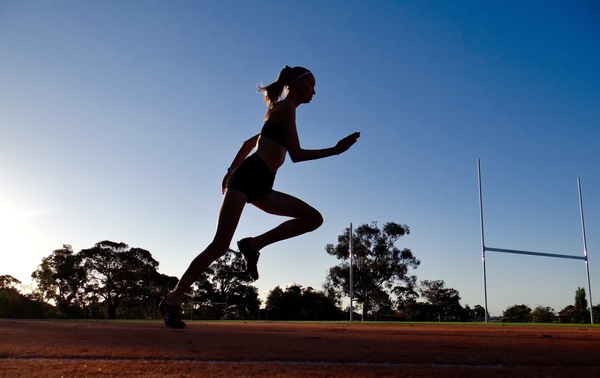Athletics is an ancient sport. The first sport is considered to be running. The ancient Greeks competed at a distance of one stadia, which is equal to 192 meters. The first champion in 776 BC was a man named Koreb from the city of Elis.
The first mention of athletics of our time dates back to 1837. This year in England, in the city of Rugby, competitions were held where students from one of the colleges ran a distance of two kilometers. These competitions attracted quite a lot of people and therefore they were made regular. Other educational institutions began to hold similar competitions. After several years, the participants of the competition began to compete in sprinting and throwing shells. In the fifties of the nineteenth century, such disciplines as long and high jumps, pushing and throwing shells were added.

Basics of athletics discipline
Athletics is a complex sport that includes various types of disciplines. It is rightfully considered the queen of sports. It’s not without reason – two out of three calls in the motto “Faster, higher, stronger” can be attributed without hesitation to the disciplines. The discipline formed the basis of the sports program of the first Olympic Games. It managed to win its positions due to the simplicity, accessibility and, if you like, the naturalness of its competitive disciplines.
These features allow its wide use as one of the means of physical education for various contingents and ages.
It includes 5 types of physical exercises: walking, running, jumping, throwing and all-around. Each of these species has its own varieties and special features. The competition rules define the distances and competition conditions for men, women, athletes of various age groups. Basic track and field exercises are included in the program of the Olympic Games, World and European Championships, national championships, commercial starts and other competitions.
What is the impact of athletics on the body?
During physical exertion in the human body, various processes are launched, the coordination of which is carried out by the central nervous system. The work includes the motor apparatus and internal organs that provide the basic needs of the body. Moreover, scientists are sure that the function of the motor apparatus mainly depends on the state of the internal organs. And the activity of the internal systems of the body closely interacts with the motor apparatus. Therefore, athletics is a necessary requirement for a stable life of the body.
At the same time, even in ancient China and Greece, it was believed that various physical activities had a positive effect on mental abilities. For example, Pythagoras was a champion in fisticuffs and at the same time was a famous philosopher. Or another fairly well-known philosopher – Plato. He was also a two-time mixed martial arts champion.
Major benefits of athletics
Jogging has a good effect and strengthens the cardiovascular system, as there is a constant tension and relaxation of the muscles of the legs.
Capillaries are well trained, their number increases several times. They become more flexible and roomy, so they can deliver more oxygen and nutrients to different parts of the body. During sports, the body’s metabolism increases, blood circulation improves, so excess calories are actively consumed.
During physical exertion, breathing becomes deeper and more frequent, as a result of which the supply of oxygen to the tissues increases. This improves physical and mental performance.
Running for 30 minutes to 1 hour activates the breakdown of cells, and therefore the production of new ones begins. Due to the fact that the diseased and old cells are destroyed first of all, the body is renewed and rejuvenated.
